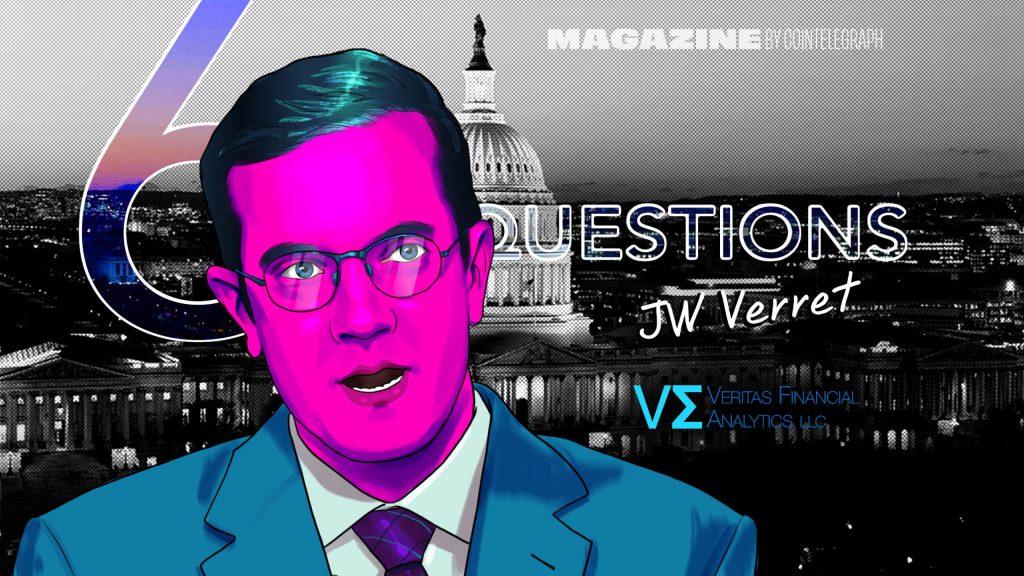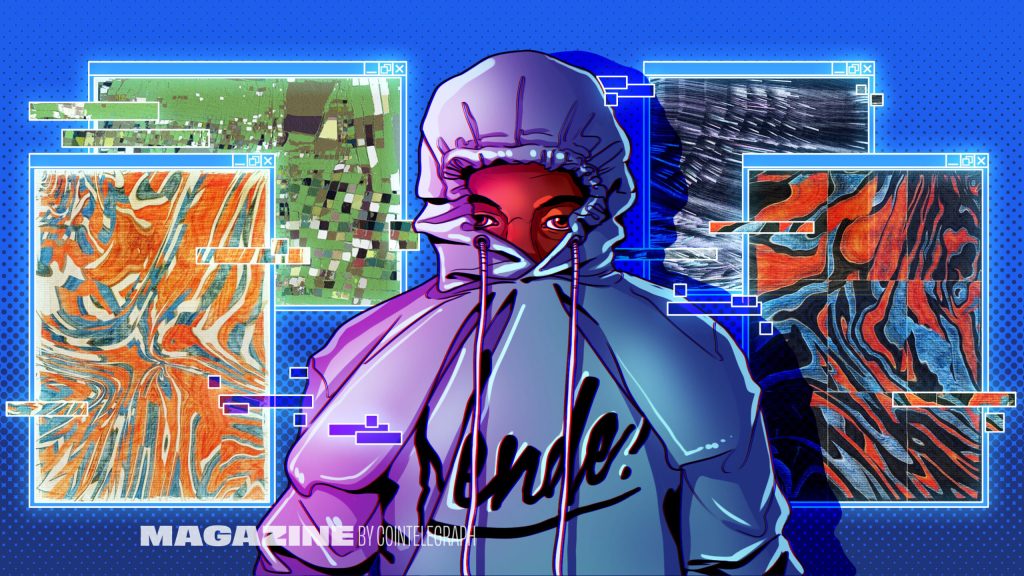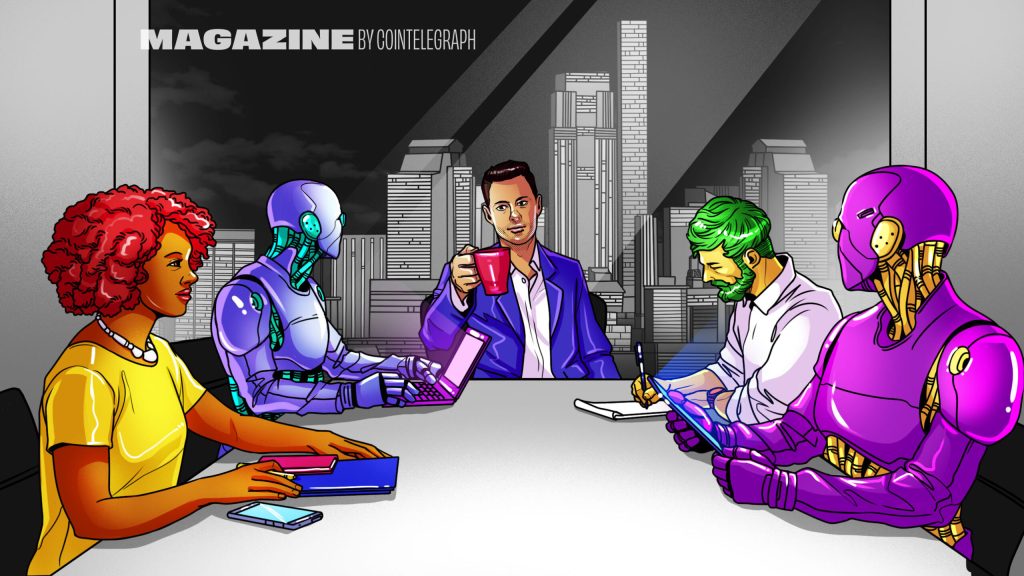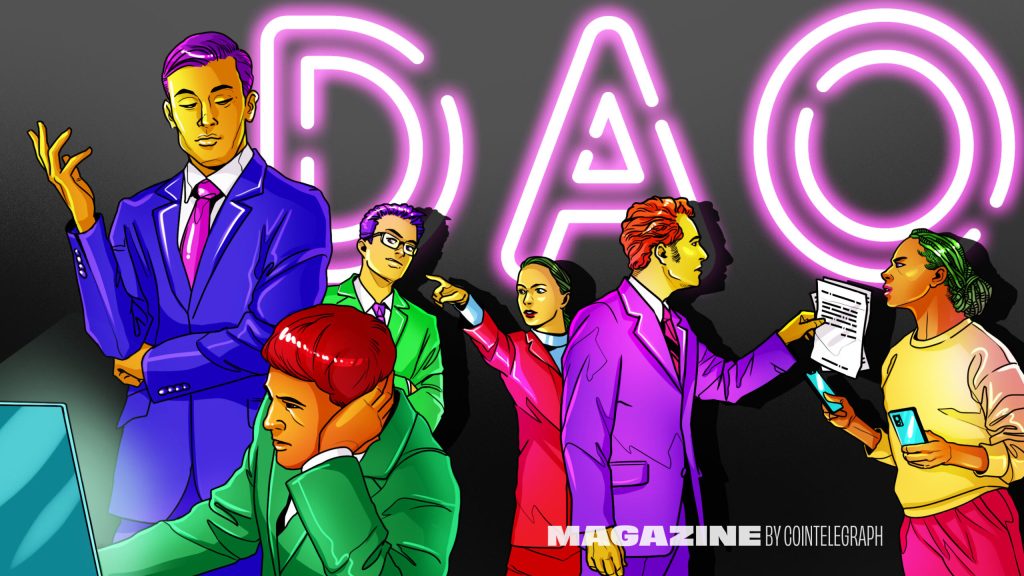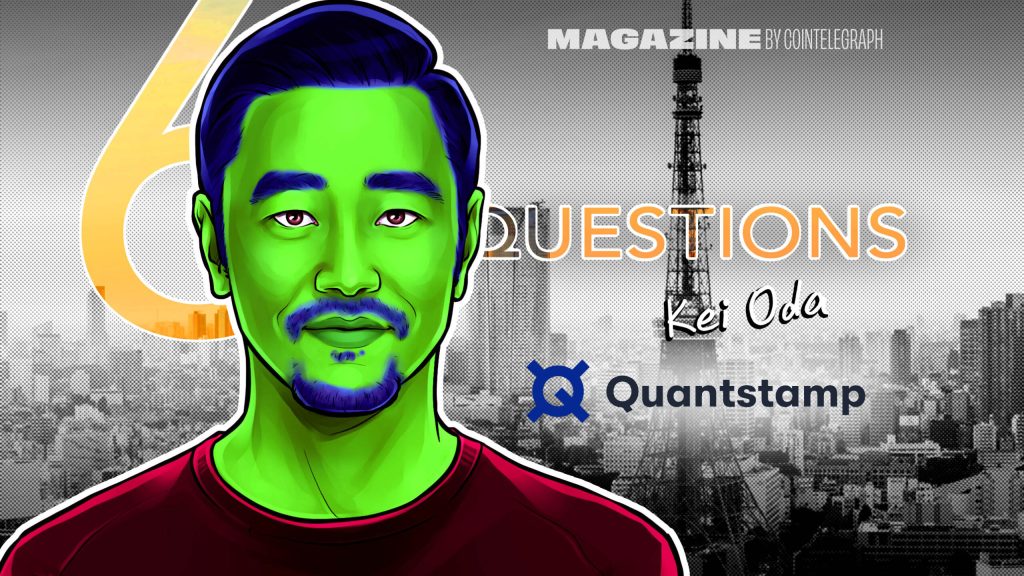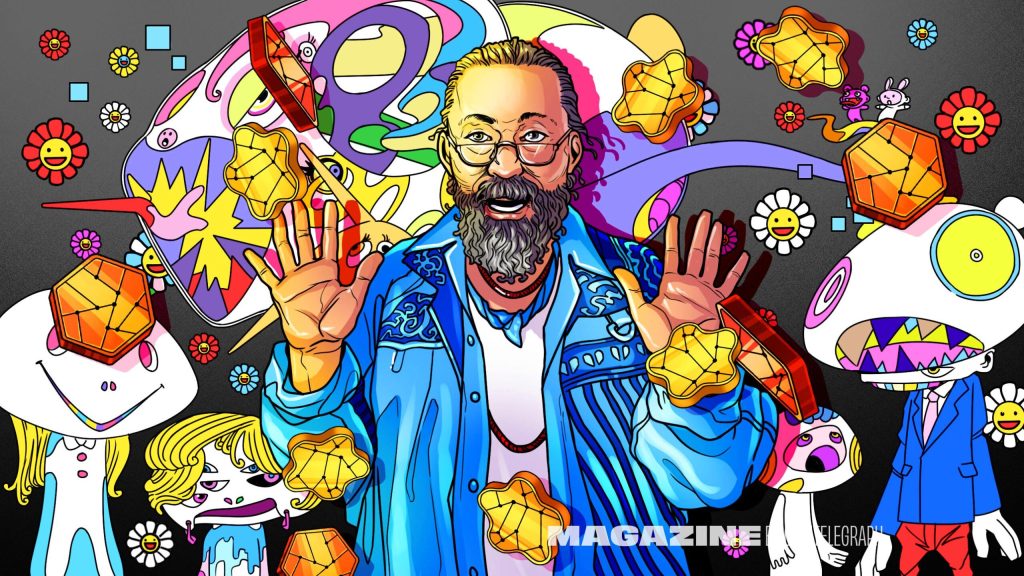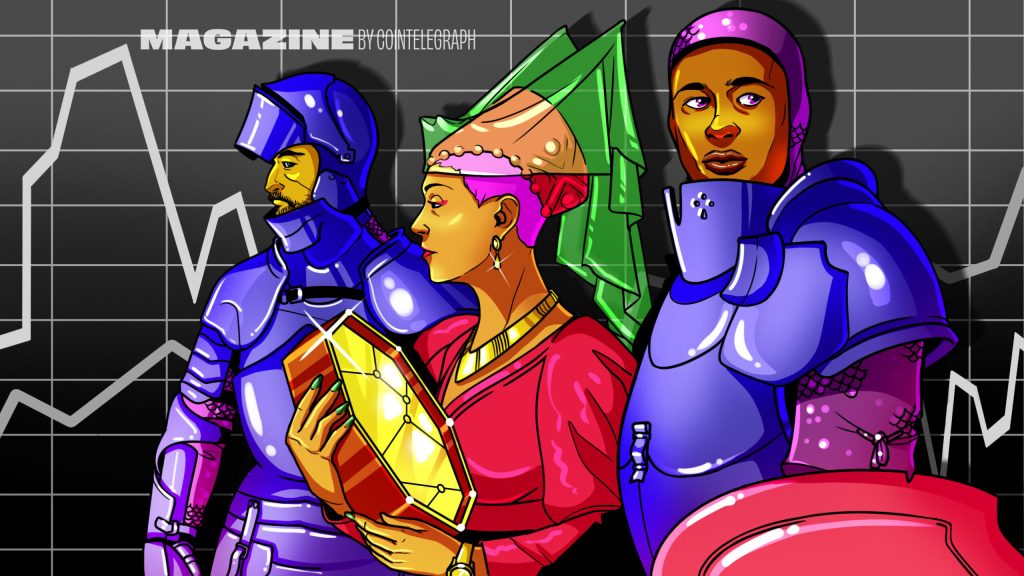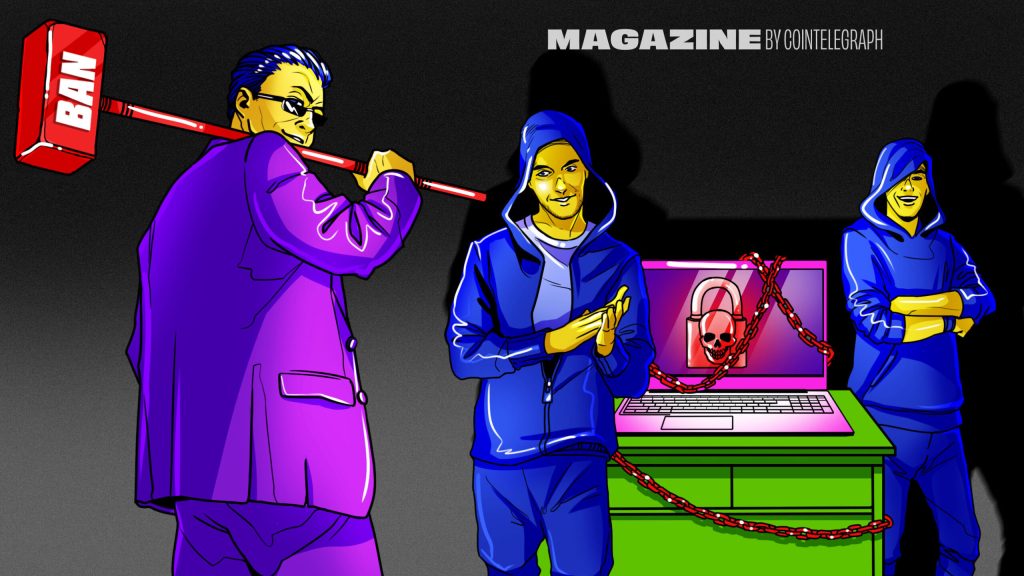6 Questions for JW Verret — the blockchain professor who’s tracking the money
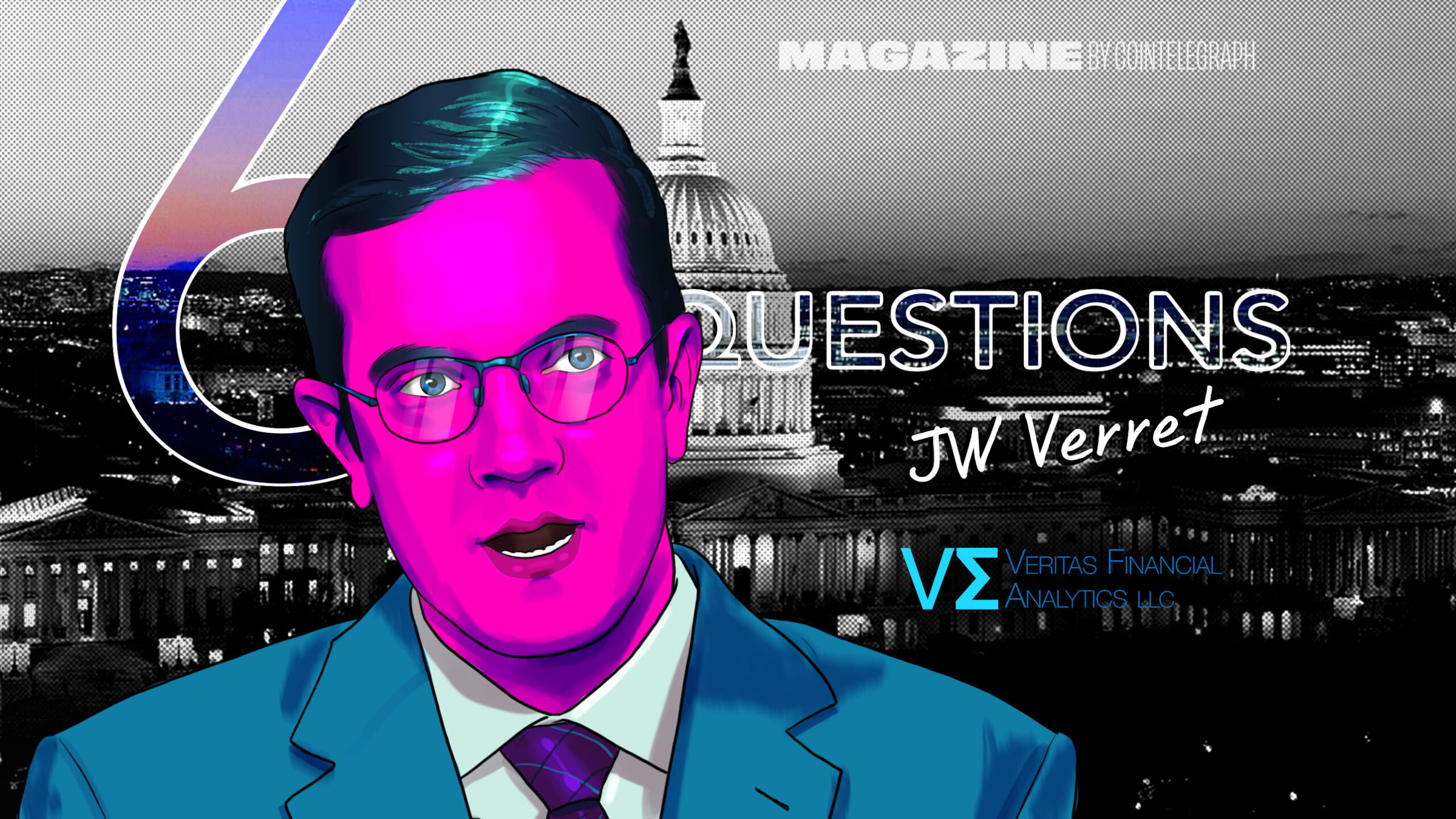

J.W. Verret is the “Blockchain Professor.” He may be tracking your money, but he’s advocating for crypto.
J.W. Verret is a Harvard-educated attorney who teaches corporate finance and accounting at George Mason University. His work has increasingly intersected with the cryptocurrency sector in recent years, as his legion of Twitter followers who know him as “BlockProf,” or the Blockchain Professor are poignantly aware.
Aside from his work at GMU, Verret has become known as a vocal advocate for crypto as the top honcho at Crypto Freedom Lab, a think tank fighting devoted to preserving “freedom and privacy for crypto developers and users.” He also serves as a professional legal witness for defendants accused wrongfully, Verret would argue of evading financial-tracking laws, and he’s authoring a related book on the subject, tentatively titled “Blockchain Privacy and Forensics.” In between, he finds time to serve as a regular columnist for Cointelegraph.
1) You’re very busy professionally teaching at George Mason University, serving on committees with the Securities and Exchange Commission, going to trials as expert witness. How did life lead you to cryptocurrency?
I spent 15 years as a libertarian regulation/financial person, writing it, think-tanking it in Washington, D.C. For the first 10 years, I lost everything I fought for in the Dodd-Frank era.
The thing with crypto is that it’s been a freedom revolution in finance. It fixes, or aims to fix, problems in finance that government regulation only aims to fix. Regulation entrenches intermediaries where crypto fixes problems by eliminating the need for those intermediaries. And that was very interesting to me.
2) You served on the SEC’s Investor Advisory Committee, but youve also been very vocal in criticizing SEC Chairman Gary Gensler. How was that experience?
It was good. I replaced Hester Peirce when she became an SEC commissioner. I wrote a lot of dissents as a committee member, so I hope I did Hester proud, but I do not think they’ll invite me back in the future under the current chairman. It seems like he’s been trying to just destroy this industry.
He could’ve reached out to the industry to try to make things work, but he has no interest in that, and he’s sued some of the best actors in crypto Coinbase and Kraken while ignoring the worst.
3) You’re a vocal proponent of Zcash. Explain your interest there.
Zcash is like Bitcoin, but private. It’a a great invention. Whoever the developers were deserve a Nobel Prize.
I own a lot of Bitcoin. I think it’s a tremendous innovation. But for day-to-day payments, I think we need some privacy, and it’s hard to get that with Bitcoin. I’m also a fan of Monero. which has some pretty good privacy technology. But they’re both pretty good projects t’s possible to like both the Rolling Stones and the Beatles.
Also read: The Supreme Court could stop the SECs war on crypto
There are no other privacy tokens that are in the same ballpark. There are some that are really neat innovations, but they’re not at the level you need to have the same privacy. Other projects I’m very excited about are Samourai Wallet and Sparrow Wallet, which offer a bit of privacy for BItcoin transactions.
4) On that note, how do you think the future of crypto is going to be defined? Is it going to be defined as a way to achieve greater privacy in transaction? Will it be defined by efficiency in the sense that its easier to use than traditional finance instruments? Will it be defined by crime? Or will it be some mixture of these?
That’s an interesting question. I think it will be some combination of all those things. Crime is often a testing ground for new technology. It certainly was for the internet. In the 1990s, a lot of criminals used the internet. I think the strongest forces in determining what cryptos survive will be some mixture of efficiency and scale, but I think privacy will be a part of it. As governments and big corporations fight back against trustless, disintermediated property transfers, the only way to protect yourself will be through the use of privacy coins and privacy protocols.
5) Youre also serving as a professional witness in U.S. v. Sterlingov, where the U.S. government is charging 33-year-old Roman Sterlingov with developing Bitcoin Fog a crypto mixer. The FBI arrested him at Los Angeles International Airport (LAX) in 2021, and they’re accusing him [Bitcoin Fog] of laundering $336 million. Tell me about that.
I spend a lot of time as a forensic accountant, but I’m also into privacy. Some people think that’s a conflict: How can you be privacy while also following the money? But I dont see that as a conflict at all. Some of the people most into privacy who I know are forensic investigators. I’m a believer in public information. People should learn what it takes to be private. The worst people tend not to be smart anyway they make mistakes, and they dont use privacy tools optimally.
In terms of U.S. v. Sterlingov, Im providing some expert help in forensic accounting and money laundering. It’s been helpful to merge my legal and accounting perspectives to aid the legal team. I also do some work helping customers of large crypto exchanges when their crypto is frozen, and we ultimately resolve it when we figure out that the customer did nothing wrong but were falsely flagged by crypto tracing tools.
False positives in crypto tracing can have a real cost and that is one thing that concerns me about the dominance of some of the tracing firms. TRM and Ciphertrace seem like they try to get things right and don’t overclaim their tracing capabilities but that’s not true of every firm in this industry.
6) I hear you have opinions about UFOs. Can you tell us what you know?
I’m really into podcasts about the history of investigations into UFOs. Some good ones are “Strange Arrivals” and “High Strange.” Id also recommend reading J. Allen Hyneks “The Hynek UFO Report,” which is about the Project BLUE BOOK Report. He was a physics professor at a little school [Ohio State] and the Air Force asked him to look into it one day. I think they thought he’d be a front man and he was, but then he changed.
The government knows no more now than it did 50 years ago. They may know more than they’ve shared, but I don’t think they understand it. The Navy pilot revelations are pretty amazing. So I think they do exist. I think they’re probably probes of some kind that are unmanned nothing armageddon or conspiracy. I just think they want to see what we’re up to.












